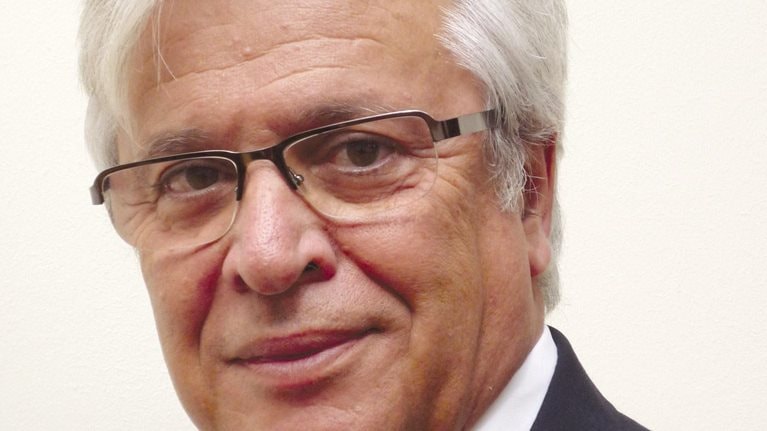The world today invests some $2.5 trillion a year on transportation, power, water, and telecommunications systems. Yet it’s not enough—and needs are only growing steeper. In a follow-up to its comprehensive 2013 report Infrastructure productivity: How to save $1 trillion a year, the McKinsey Global Institute finds that the world needs to invest an average of $3.3 trillion annually just to support currently expected rates of growth (exhibit). Emerging economies will account for some 60 percent of that need.

Despite glaring gaps and years of debate about the importance of shoring up backbone systems, infrastructure investment has actually declined as a share of GDP in 11 of the G20 economies since the global financial crisis. Cutbacks have occurred in the European Union, the United States, Russia, and Mexico. By contrast, Canada, Turkey, and South Africa increased investment.
If the current trajectory of underinvestment continues, the world will fall short by roughly 11 percent, or $350 billion a year. The size of the gap triples if the additional investment required to meet the new UN Sustainable Development Goals is included.

Bridging infrastructure gaps: Has the world made progress?
Years of chronic underinvestment in critical areas such as transportation, water treatment, and power grids are now catching up with countries around the world. If these gaps continue to grow, they could erode future growth potential and productivity. It is therefore critical to get finance flowing into urgently needed projects.
A great deal of attention has focused on connecting institutional investors with projects that need their capital as well as creating an expanded role for public-private partnerships. But the vast majority of infrastructure will likely continue to be financed by the public and corporate sectors.
Even in the face of fiscal concerns, there is substantial scope to increase public infrastructure investment. Governments can increase funding streams by raising user charges, capturing property value, or selling existing assets and recycling the proceeds for new infrastructure. In addition, public accounting standards could be brought in line with corporate accounting so infrastructure assets are depreciated over their life cycle rather than immediately adding to deficits during construction. This change could reduce pro-cyclical public investment behavior.
Corporate finance makes up about three-quarters of private finance. Unleashing investment in privatized sectors requires regulatory certainty and the ability to charge prices that produce an acceptable risk-adjusted return, as well as enablers like spectrum or land access, permits, and approvals.
Would you like to learn more about the McKinsey Global Institute?
Beyond ramping up finance, there is even bigger potential in making infrastructure spending more efficient and effective. Accelerating productivity growth in the construction industry, which has flat-lined for decades, is critical to this effort. Additionally, as our 2013 research showed, improving project selection, delivery, and management of existing assets could translate into 40 percent savings.
Since our original report was published, McKinsey has completed a detailed diagnostic in 12 countries to measure the efficiency and effectiveness of their infrastructure systems. Our findings indicate that even the most advanced economies have significant room to learn from each other and to build stronger capabilities and institutions. Capturing the full opportunity for infrastructure productivity requires a detailed understanding of where processes tend to veer off track in each country. Virtually every location needs to build expertise and establishing the right organizational structures for developing critical skills and sharing best practices. This effort can pay remarkable dividends, since infrastructure influences the quality of life for citizens everywhere and paves the way to productivity growth and competitiveness.


